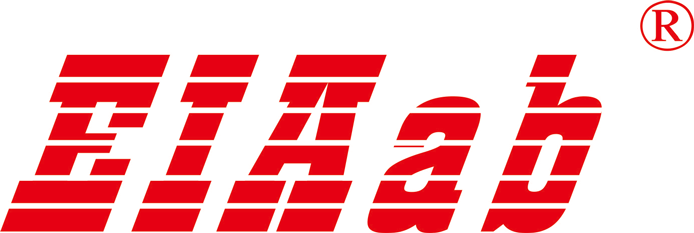Summary
Uromodulin (UMOD) is a glycoprotein excreted by the thick ascending limb of the Henle’s loop and distal convoluted tubule cells, playing various, yet still unclear roles. An abnormal urinary UMOD excretion is observed in many pathophysiological conditions. The aim of our study was to assess urine UMOD excretion in experimental partial bladder outlet obstruction (PBOO), reflecting BPH in humans, and in cyclophosphamide-induced haemorrhagic cystitis (CP-HC).
PBOO and CP-HC rats and two appropriate control groups were studied. The PBOO model was surgically induced by partial proximal urethral obstruction and CP-HC by four i.p. cyclophosphamide administrations (every two days). 24-hour urine collections were performed in both PBOO (on 3rd, 7th, 12th and 15th day after surgery) and CP-HC rats (on 1st, 3rd, 5th and 7th day). UMOD was determined with the ELISA method. Both 24-hour urinary UMOD excretion and urinary UMOD concentrations were determined.
In the overall assessment, PBOO rats were characterized by decreased mean urinary UMOD concentration. However, as the urine volume, except for transient drop on 3rd day following PBOO operation, was steadily increasing, the daily urinary uromodulin excretion did not differ from the control one.
Contrary to PBOO, CP-HC rats demonstrated mean urinary concentration similar to that of the control rats, while their 24hr UMOD excretion in urine was almost doubled due to urine volume increase (from 1.6 up to almost 3 fold). The highest UMOD urinary output was observed after the 3rd and 4th doses of cyclophosphamide.
A reduced urinary UMOD excretion in early PBOO phase may be considered as a marker of distal tubular cells damage due to incomplete bladder emptying and increased pressure retrograding to distal tubules. This effect disappears with structural, adaptive histological changes of the bladder wall leading to an improved voiding. In CP-HC animals, the elevated urinary UMOD level may be associated with complex inflammatory response due to the cytotoxic CP action. UMOD assessment in this model may reflect renal and urological toxicity
as UMOD excretion rises with the cumulative cyclophosphamide dose.







